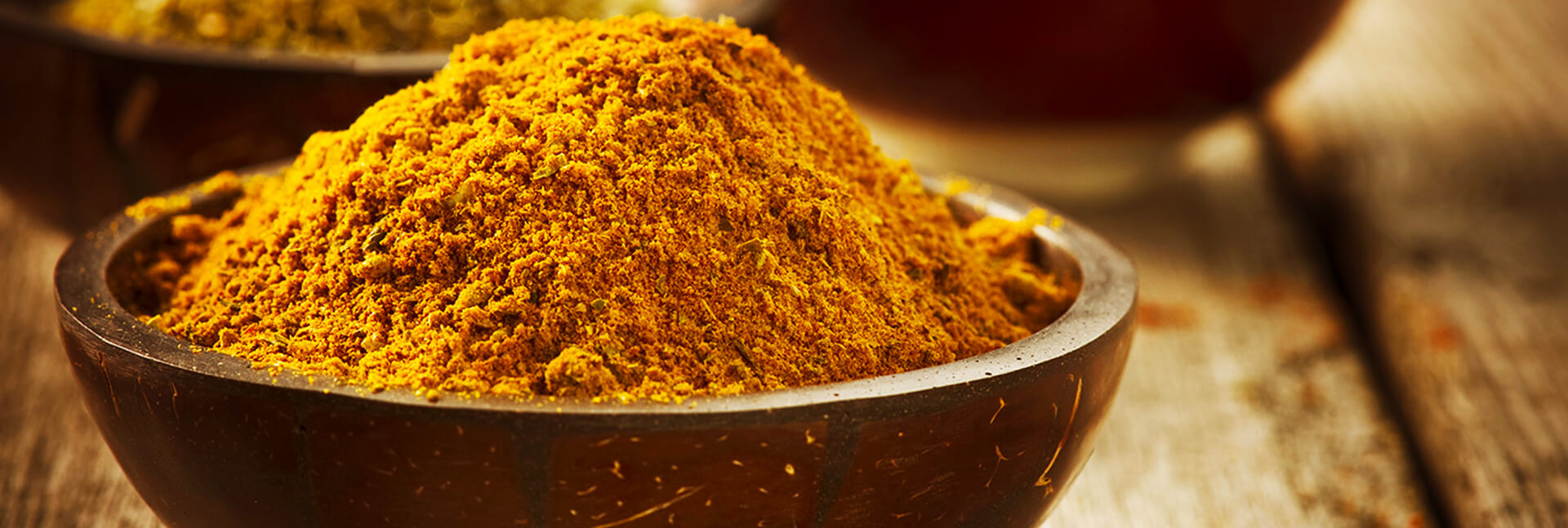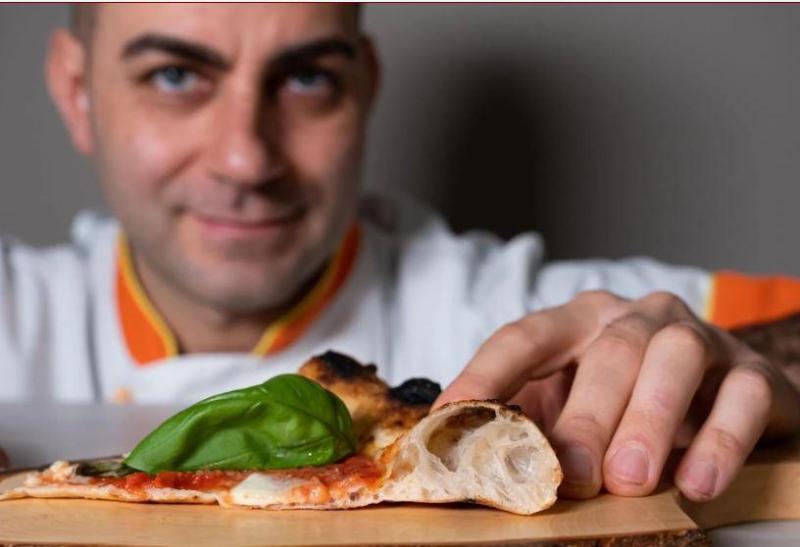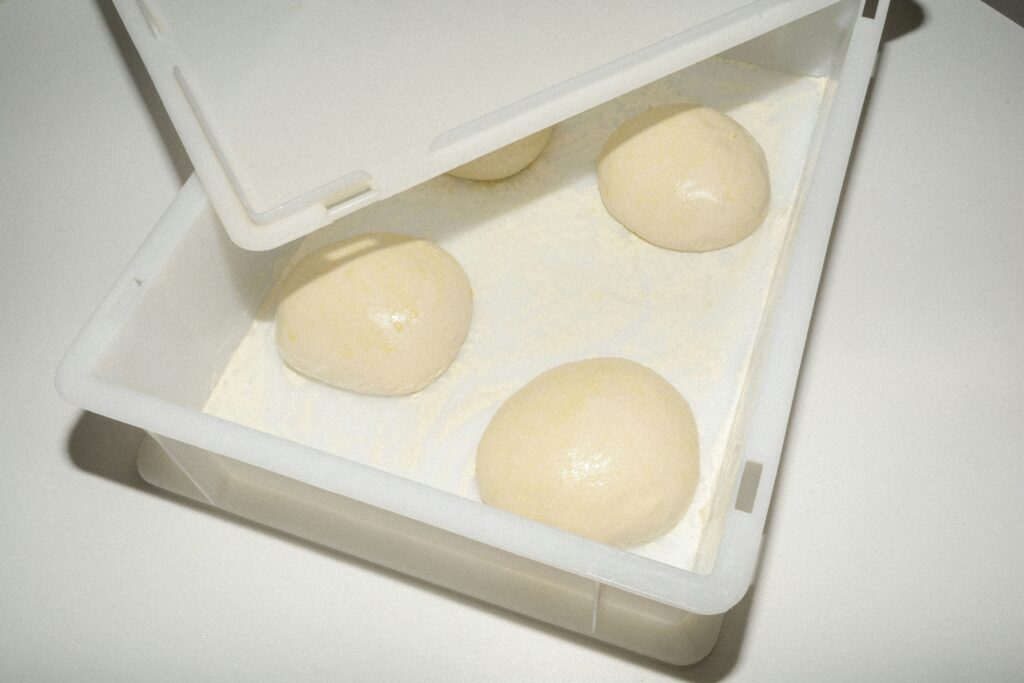
The history of saffron and how it made its way arriving onto pizza
When we think about saffron, one of the first things coming to our mind is the very famous risotto alla milanese, a traditional Milanese dish easy to remember because of its emblematic bright yellow color. Nonetheless, this plant from the family of Iridaceae has a long and fascinating history. Cultivated in Asia Minor and in several Mediterranean countries, it is now fairly widespread – although on different quality levels – in many Italian regions, from Abruzzi and Marche to Sicily, Calabria and Sardinia, as well as Tuscany and Umbria. In the same way, it is rapidly spreading also in the north of our country. Coming from Asia Minor, it is mentioned in an Egyptian papyrus dated back to 1550 BC. According to Greek mythology, it was born from the love between a handsome young man named Crocus and a nymph named Smilace. The nymph, however, was the favorite of the God Hermes, who, in order to take revenge, transformed the boy into a bulb. Over the centuries, saffron has been used in many different ways. It is mentioned by Homer, Virgil and Ovid in their works. In the Iliad, for example, it is told that Isocrates used saffron to perfume pillows and that this spice was used to perfume floors. Sidonians and Styrians used it to color the veils of brides and priests used it to spread its fragrance in temples in occasion of great religious ceremonies. The production of saffron as a luxury material increased during Roman Empire times, to perfume houses and imperial baths.

The saffron cultivation continued to survive both in Byzantium and in Arab countries. Around the year 1000, Arabs reintroduced it in Europe through Spain. Saffron was attributed aphrodisiac virtues, as it can be read both by Dioscorides and Pliny, because it was supposed to be capable of increasing sexual activity in men as well as increasing the desire in women. In medieval and renaissance cooking, it was used for its aroma as well as for its color similar to gold, as an antidote against any kind of evil. During the Middle Ages, the name of the plant was crocus, until Arabs changed it to za’faran, coming from the Persian sahafran, which referred to the intense yellow color of stigmas after cooking. In our country, the cultivation of saffron has been documented since the thirteenth century. It is told that Cardinal Richelieu used saffron jam as a stimulant, as well as at the end of that century, the French surgeon Ambrogio Parè advised impotent people to eat risotto seasoned with this spice. During the 1800’s, the scientific community was divided between those who believed saffron to be debilitating and those who instead noticed its exciting effects on libido, whereas at the beginning of the XX century, saffron was still recommended against female sterility.

According to natural medicine, the stigmas of the plant were prescribed as a remedy against rheumatism, gout, toothache and as an abortive. In the past, having saffron was a symbol of richness, as to obtain one kilogram of stigmas two hundred thousand flowers are needed. Even nowadays, in some areas of the south of Italy, there is a tradition according to which crocus flowers are spread on the wedding bed in order to wish happiness to the newlyweds. In today’s cooking recipes, saffron is used as much in tradition as by great chefs in any preparation, both salty and sweet; it is also used in pizzerias, although sparingly. Luca Doro, a member of the Alleanza Cuochi e Pizzaioli Slow Food (Slow Food Chefs and Pizzaioli Alliance), celebrated its use in dough and fillings by selecting saffron grown in Terra di Lavoro (“Land of work”, from the Latin name Liburia, a historical region in Southern Italy). Similarly, a saffron pizza was the challenge won by Vincenzo Capuano of the Rossopomodoro Lab team. He created what can be considered an ideal link between his native Naples and Milan, the city that welcomed him, with saffron in the dough and a topping made of provola cheese and sausage. Purple potatoes, sheep mozzarella, cherry tomatoes, salt cod and saffron PDO of L’Aquila are instead the toppings of Ori e Sapori d’Abruzzo, the pizza made by Roberto Tacconelli from Pineto, who won the third edition of the Saffron PDO Pizza Championship of L’Aquila, organized by Nicola Salvatore.



